Retinol Creams: Skincare Synergy
Introduction to Retinol in Skincare

Retinol, a derivative of Vitamin A, has long been revered as a skincare superstar. Its primary claim to fame is its remarkable ability to promote cell turnover and boost collagen production. This makes it a go-to ingredient for combating fine lines, wrinkles, and uneven skin tone. In this blog, we delve into the world of retinol creams, exploring their benefits, how to use them effectively, and the synergy they create in a skincare routine.
Understanding the Science Behind Retinol
At its core, retinol works by accelerating the skin’s natural renewal process. It penetrates the outer layers of the skin to repair and stimulate collagen and elastin, the building blocks of healthy skin. This process helps to diminish the appearance of aging signs and improves skin texture and tone. However, retinol's potency means it should be integrated into skincare routines with care to avoid irritation.
Choosing the Right Retinol Cream
With a plethora of retinol creams available, selecting the right one can be overwhelming. Key factors to consider include the concentration of retinol, the cream’s formulation, and your skin type. Beginners should start with a lower concentration to allow the skin to adjust. Additionally, look for creams with hydrating and soothing ingredients like hyaluronic acid and niacinamide to counteract any potential dryness or irritation from retinol.
Integrating Retinol Creams into Your Skincare Routine
Incorporating retinol into your skincare regimen requires a strategic approach. Start by applying a pea-sized amount of retinol cream to clean, dry skin two to three times a week, gradually increasing the frequency as your skin adapts. Always follow up with a broad-spectrum sunscreen during the day, as retinol can make the skin more sensitive to the sun.
The Synergy of Retinol with Other Skincare Ingredients

Retinol pairs well with several other skincare ingredients to enhance its efficacy. Hyaluronic acid is a perfect partner, providing deep hydration and mitigating any dryness caused by retinol. Niacinamide is another synergistic ally, known for its anti-inflammatory properties and ability to improve skin barrier function, which can be beneficial when using retinol. However, it's crucial to avoid combining retinol with vitamin C or alpha hydroxy acids (AHAs) in the same application to prevent skin irritation.
Addressing Common Concerns and Misconceptions
Many people are hesitant to try retinol due to fears of irritation and sensitivity. While these concerns are valid, most can be alleviated by starting with a lower concentration and slowly building up frequency. Additionally, retinol is often misunderstood as a "quick fix." In reality, consistent, long-term use is key to achieving significant results.
Advanced Retinol Tips and Tricks
For those accustomed to retinol, consider exploring higher concentrations or prescription-strength retinoids for more pronounced results. Remember, more potent doesn't always mean better, and it's crucial to listen to your skin's needs and adjust accordingly. Layering retinol with a nourishing moisturizer can also enhance its benefits and reduce potential irritation.
Conclusion: Embracing the Power of Retinol
Retinol creams are a potent tool in the skincare arsenal, capable of transforming skin texture and tone when used correctly. By understanding how to incorporate retinol into your routine effectively and combining it with complementary skincare ingredients, you can unlock its full potential and achieve radiant, youthful-looking skin.
Remember, the journey with retinol is unique for each individual. Patience and persistence are key, as the benefits of retinol unfold over time. Embrace the journey and watch as your skin reaps the rewards of this remarkable ingredient.


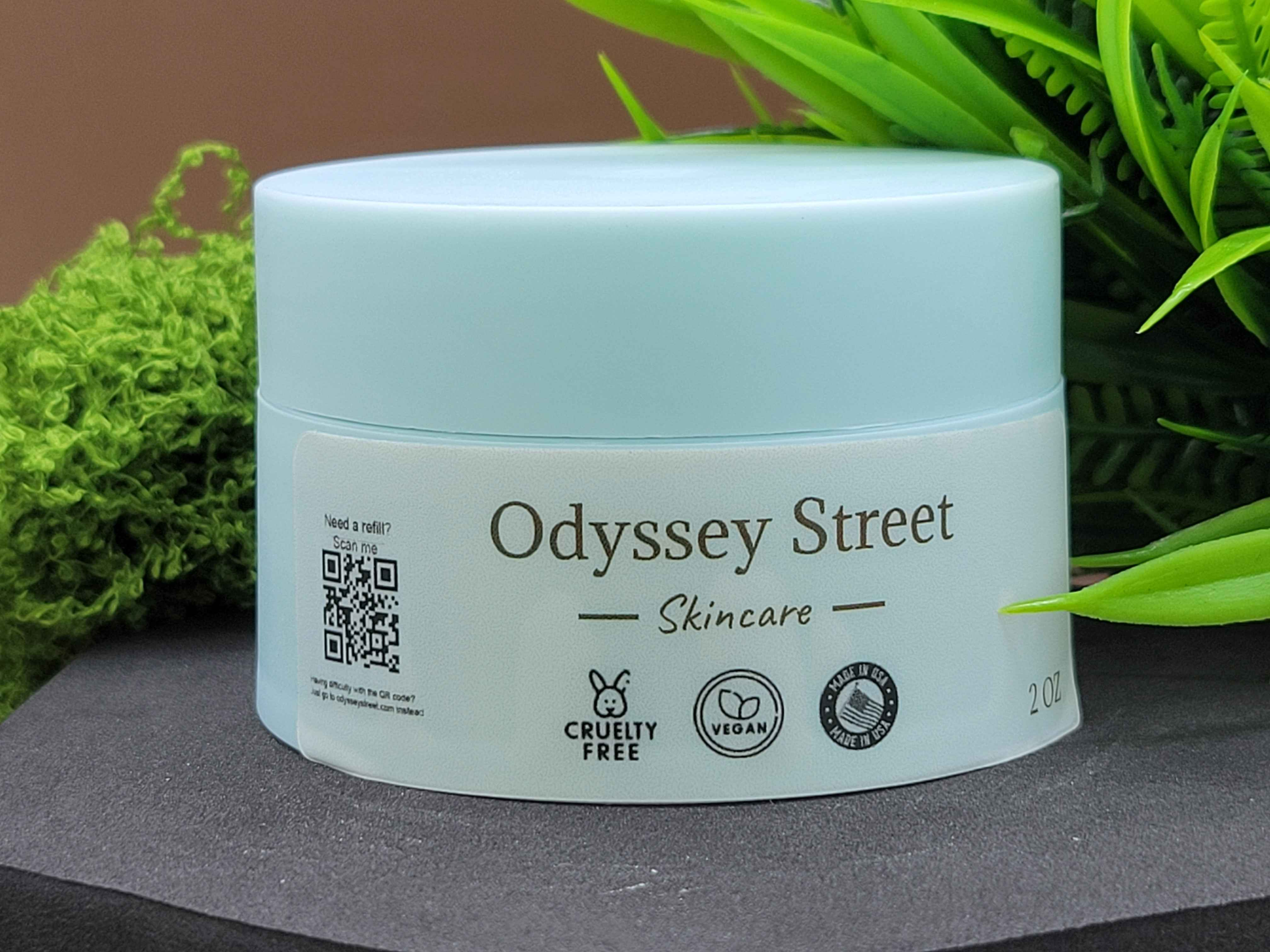
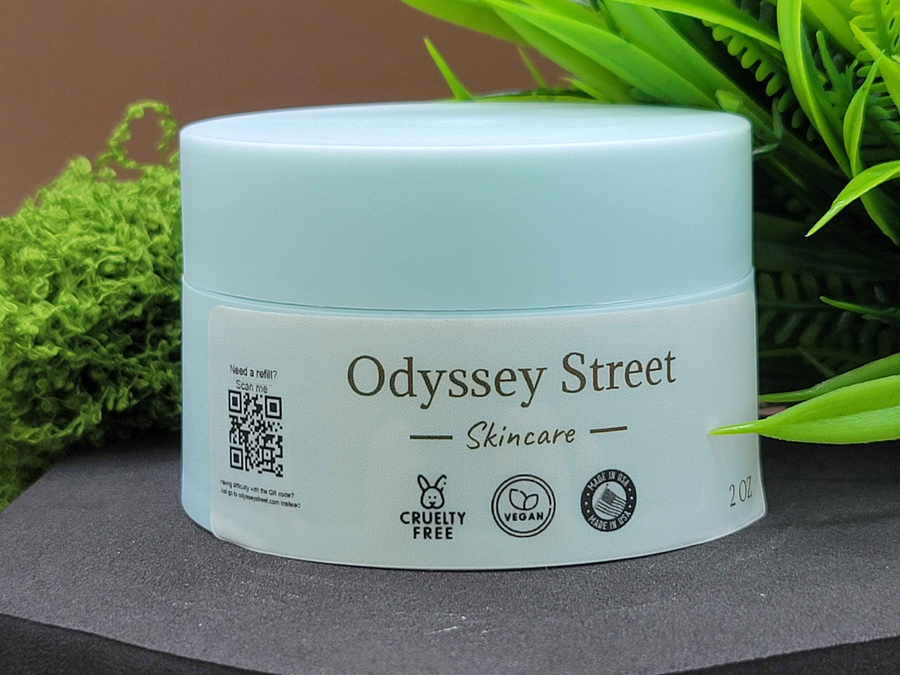
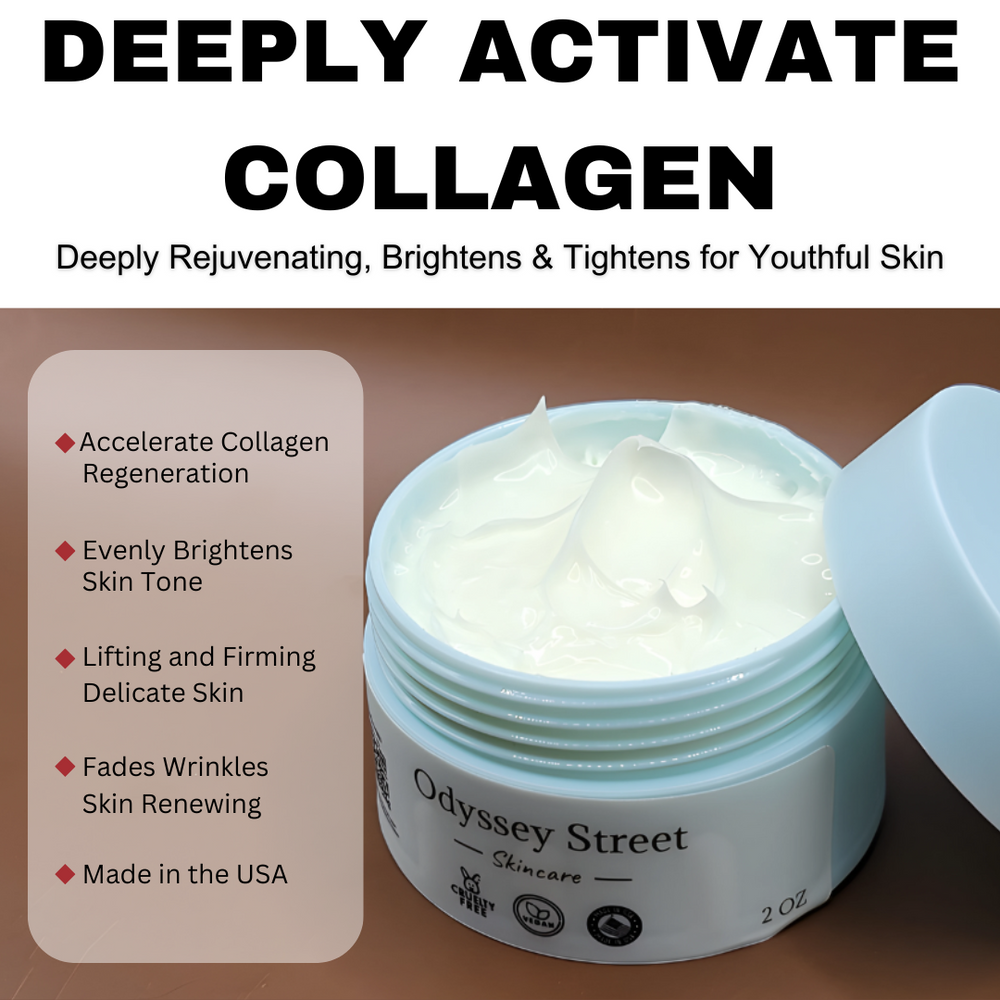




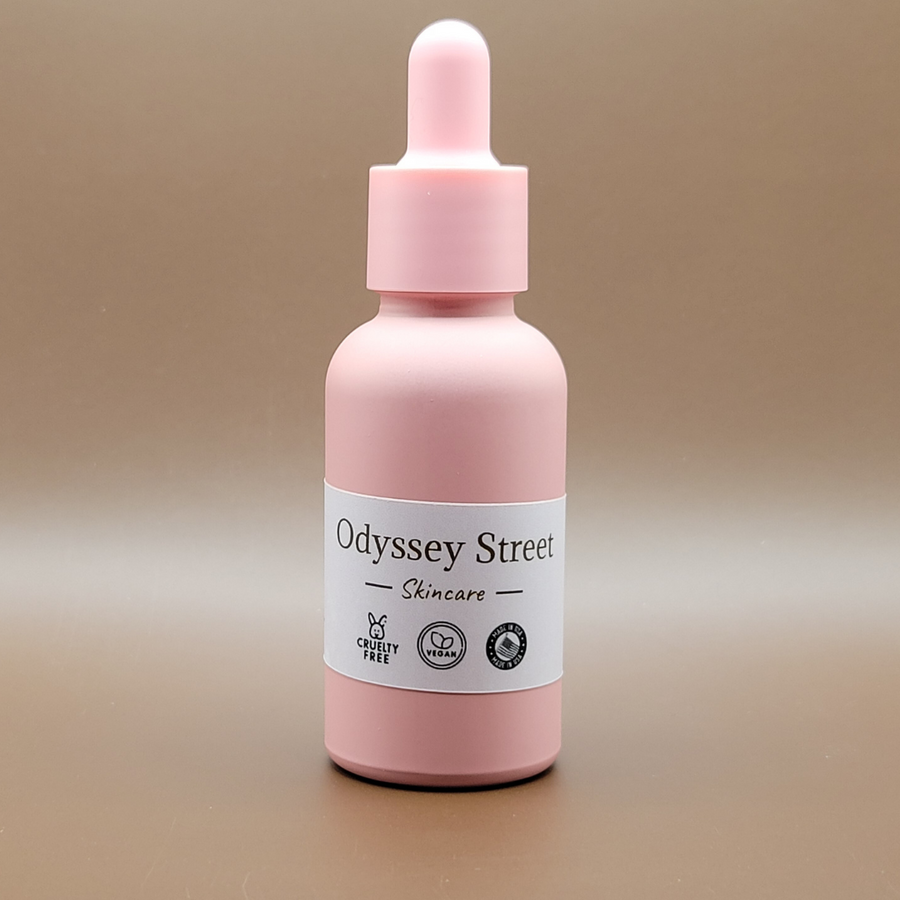
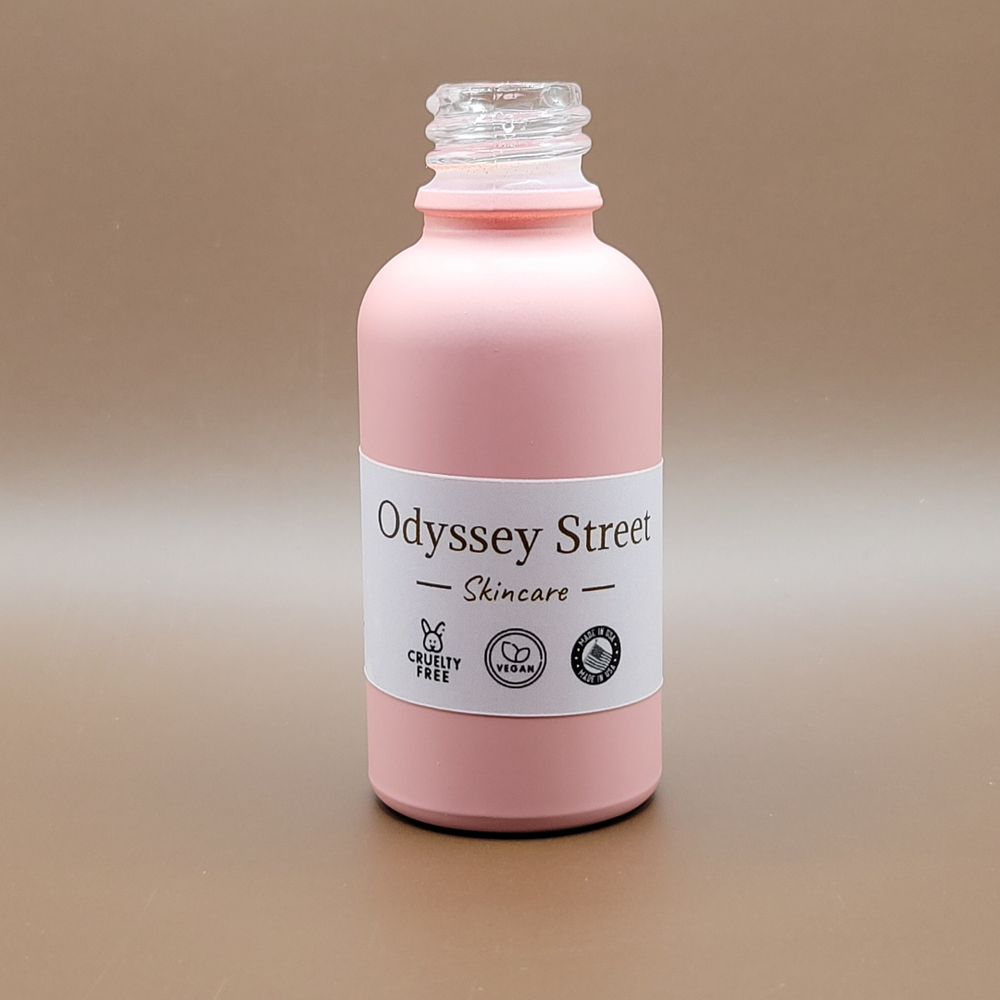
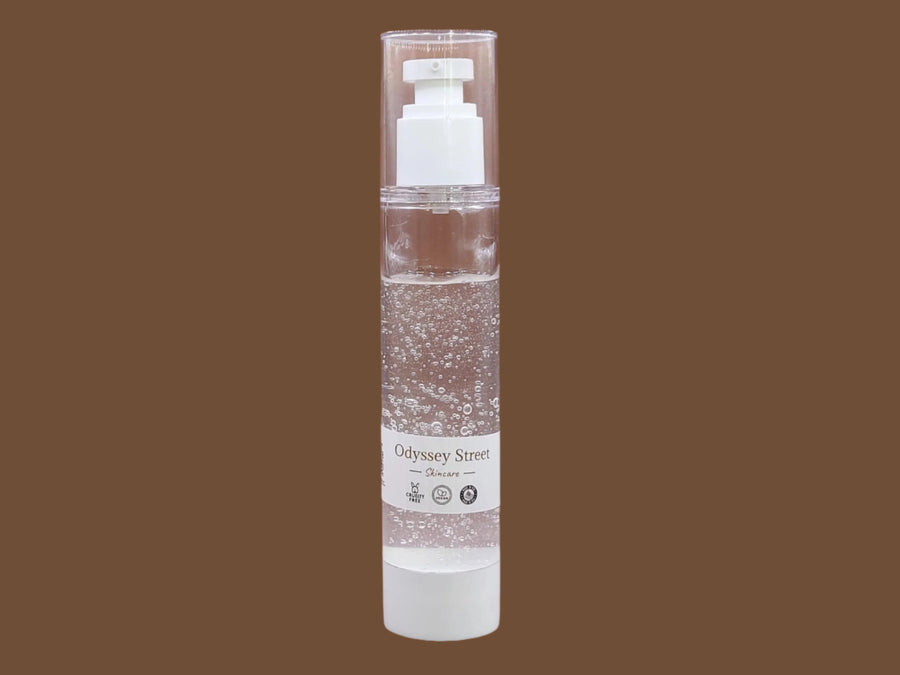
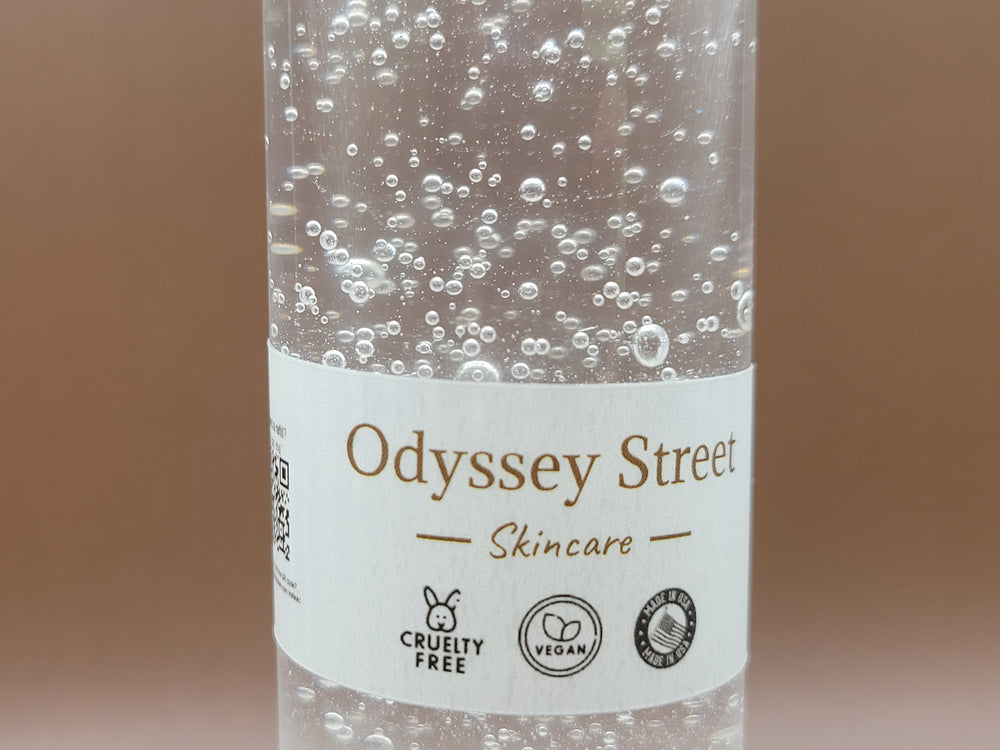
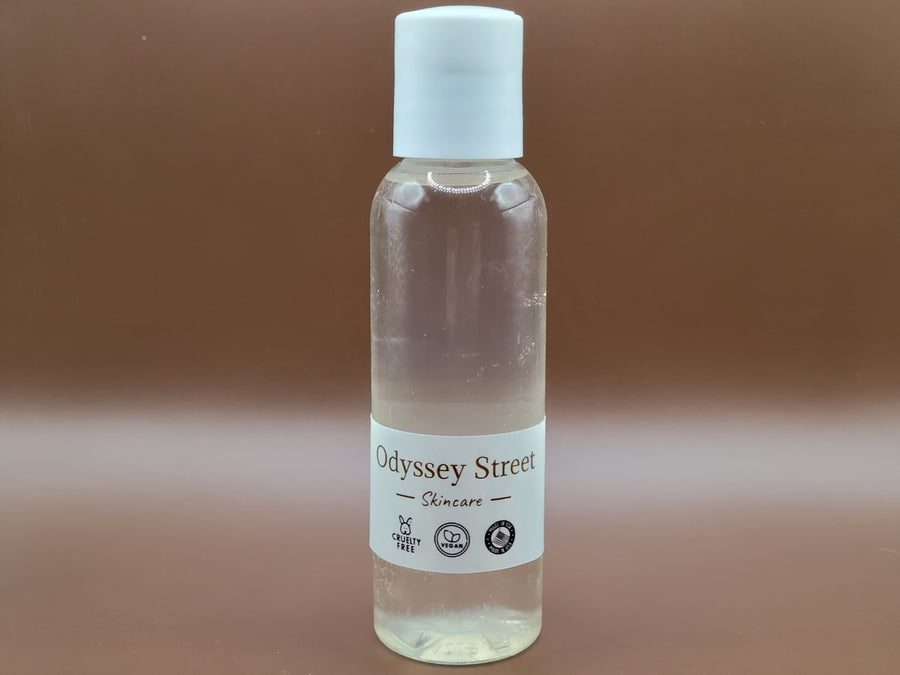
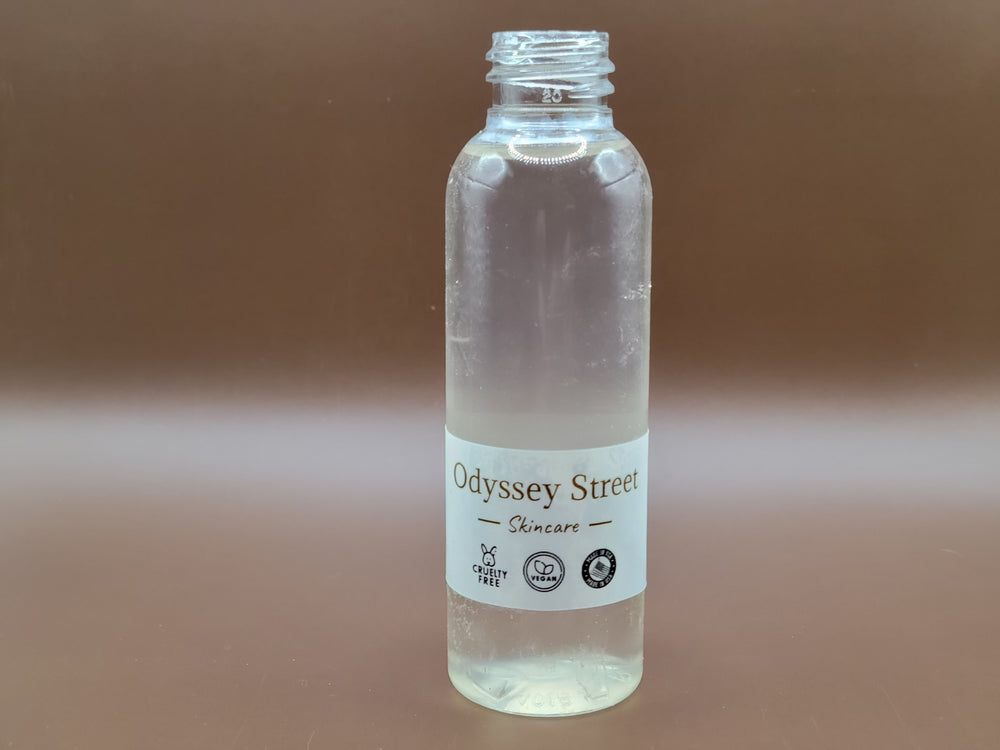

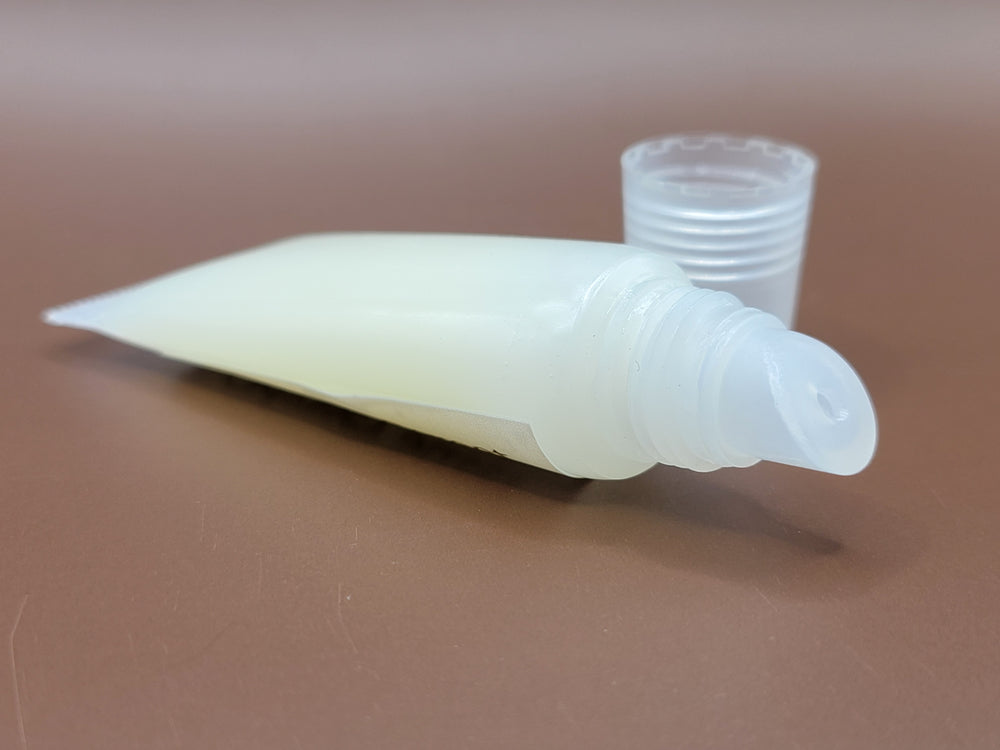
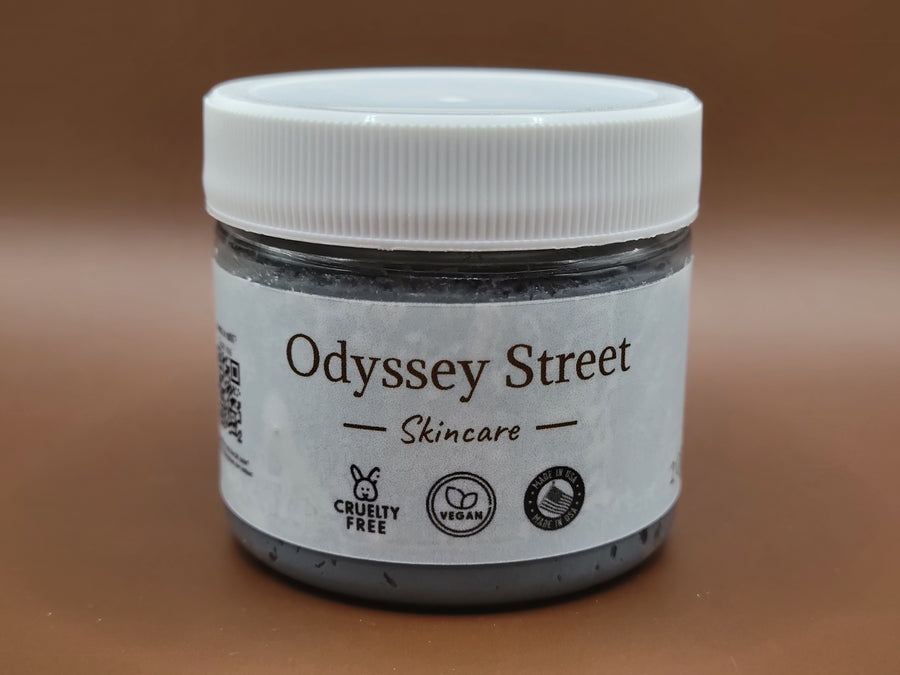
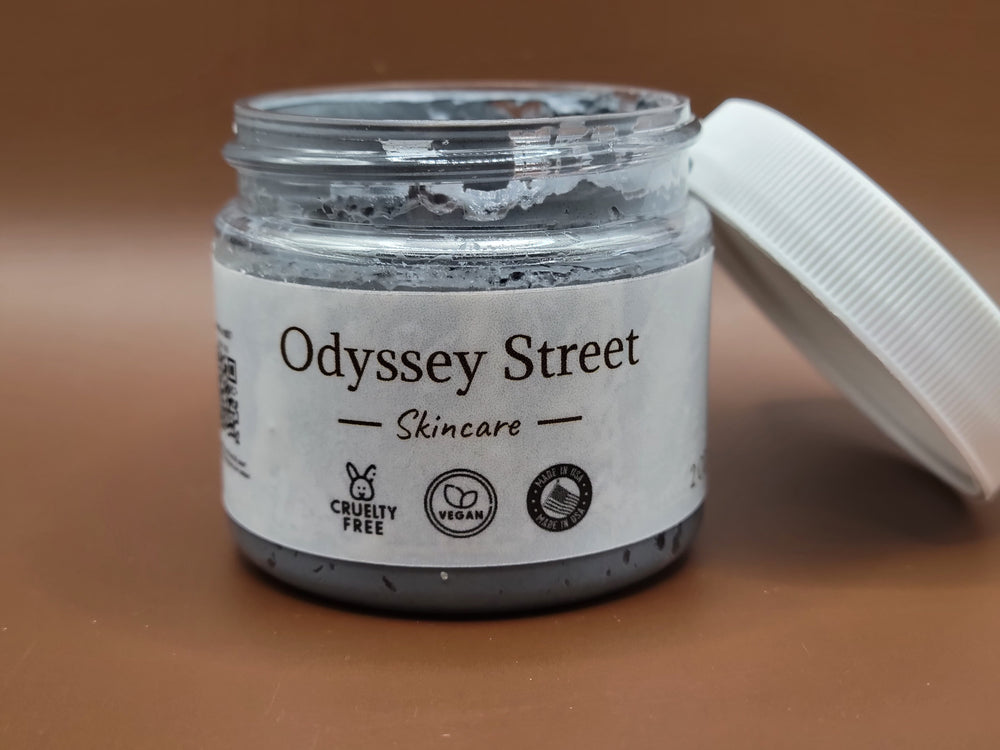
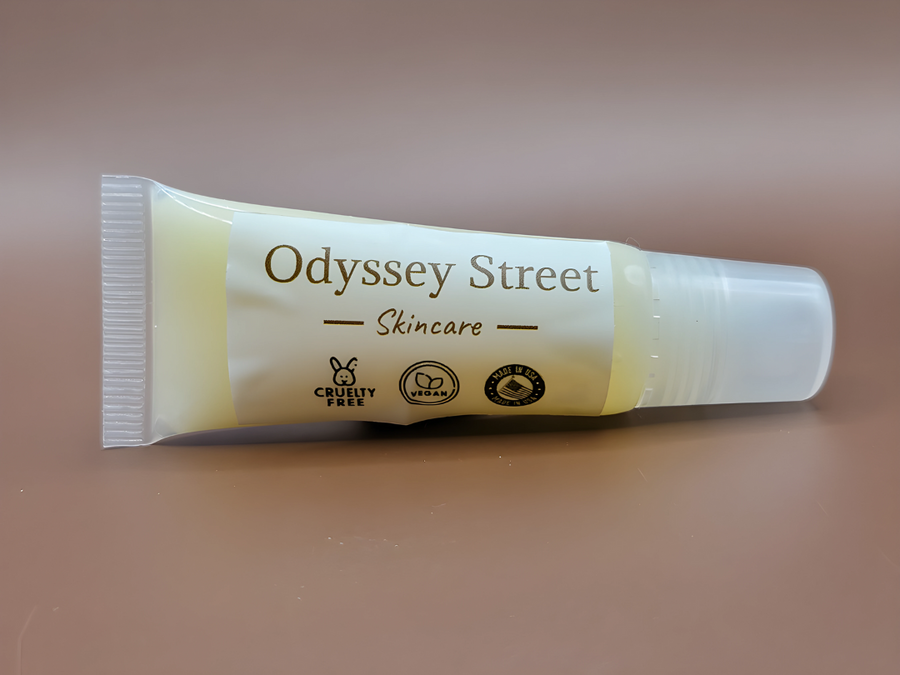
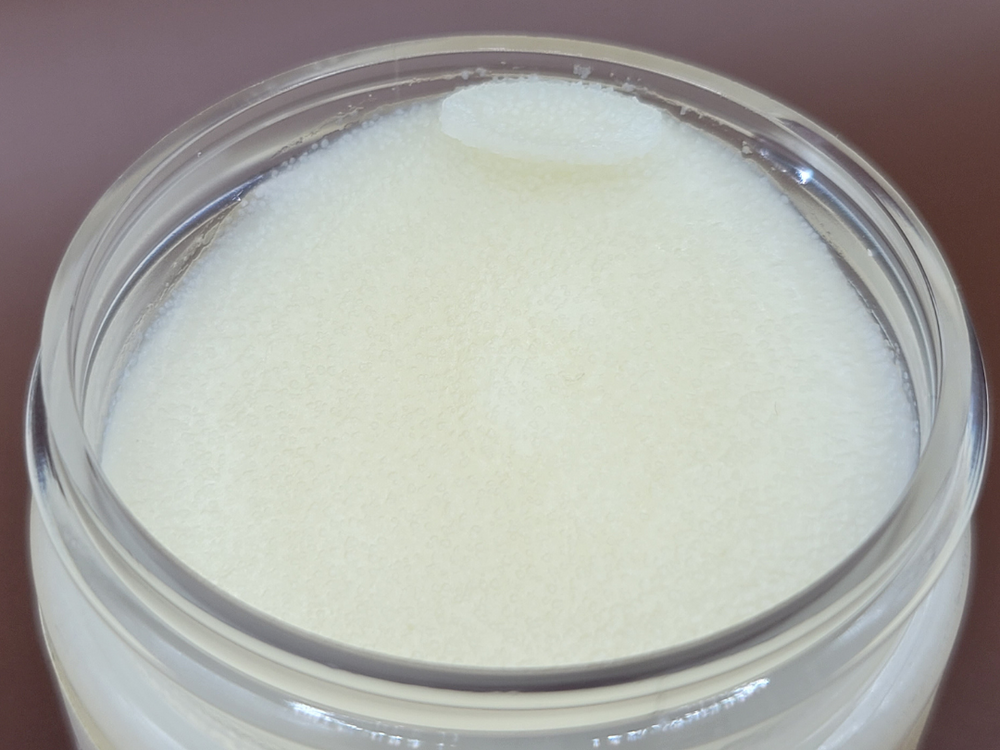
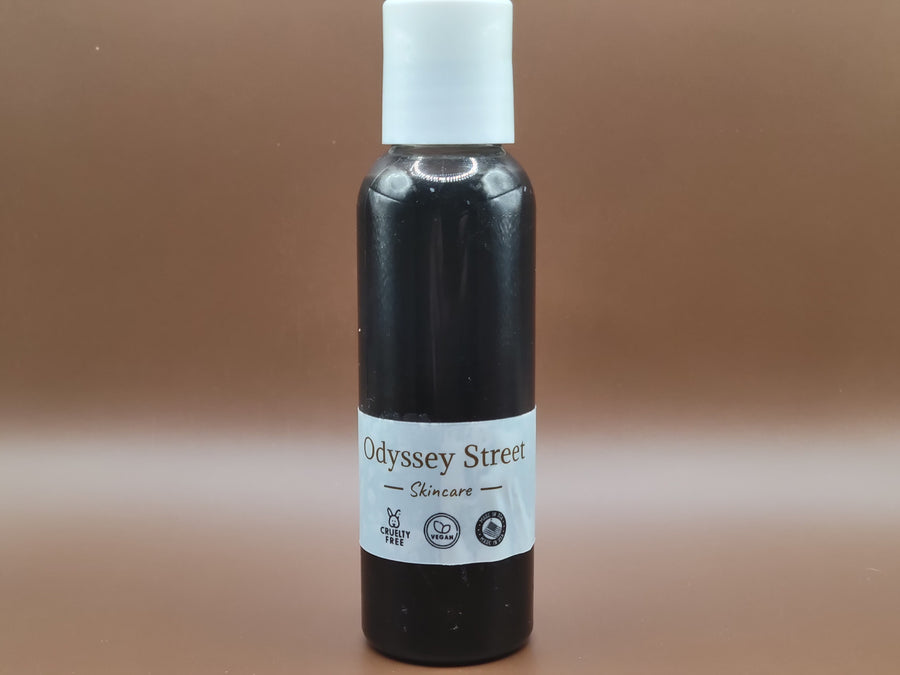
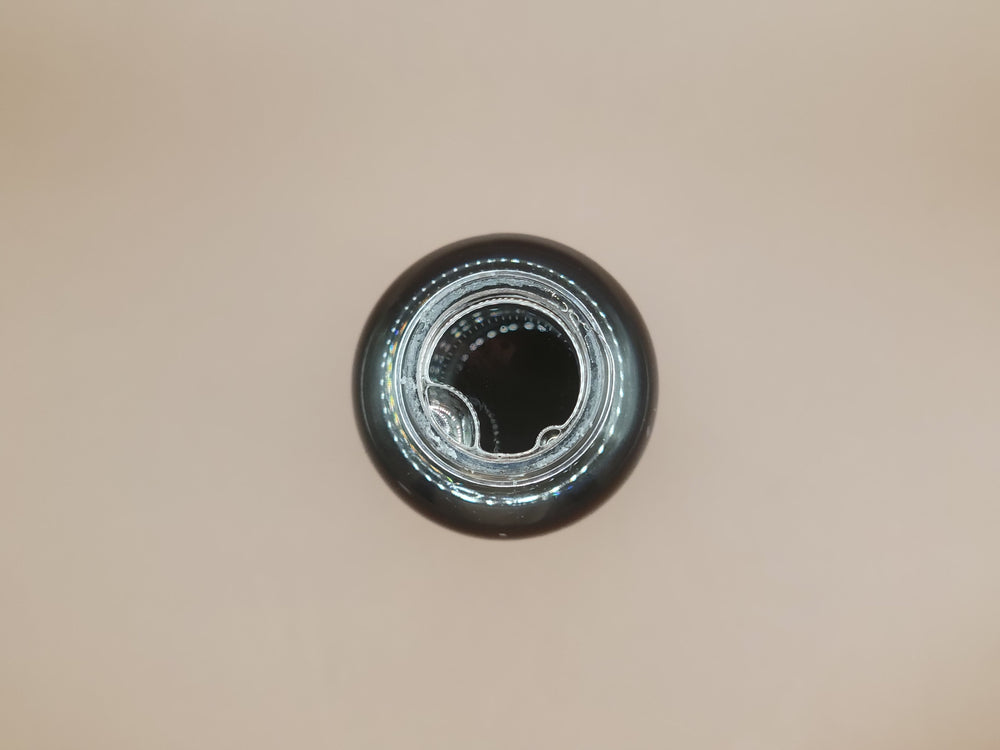
Leave a comment